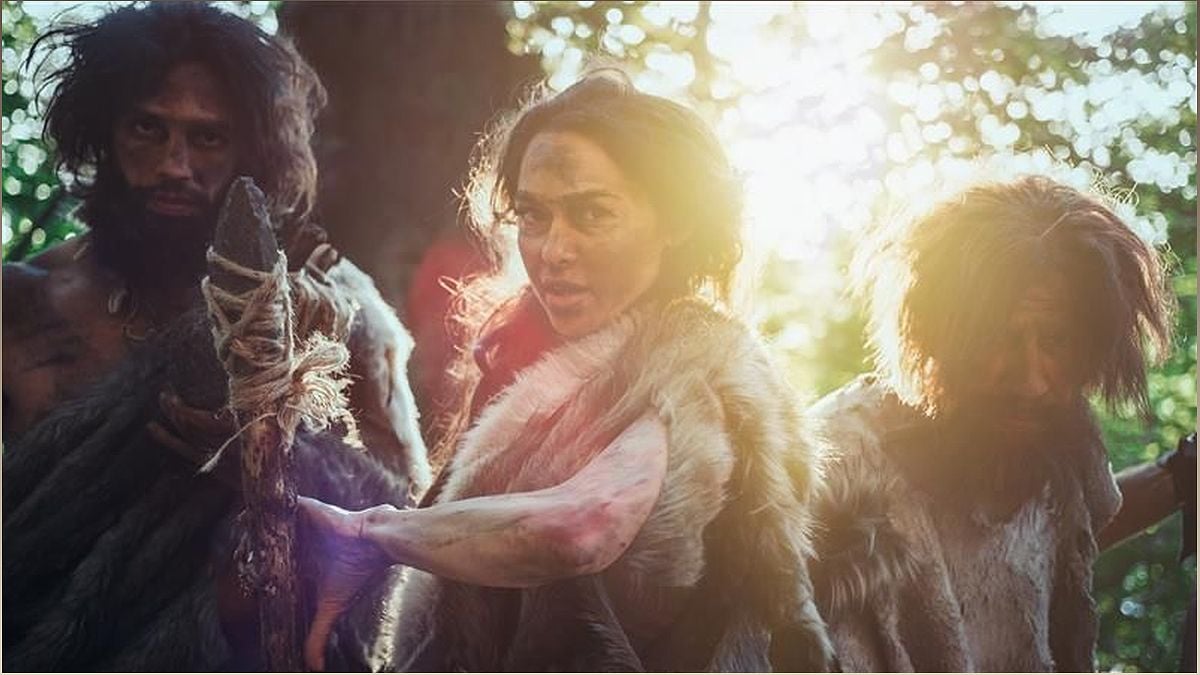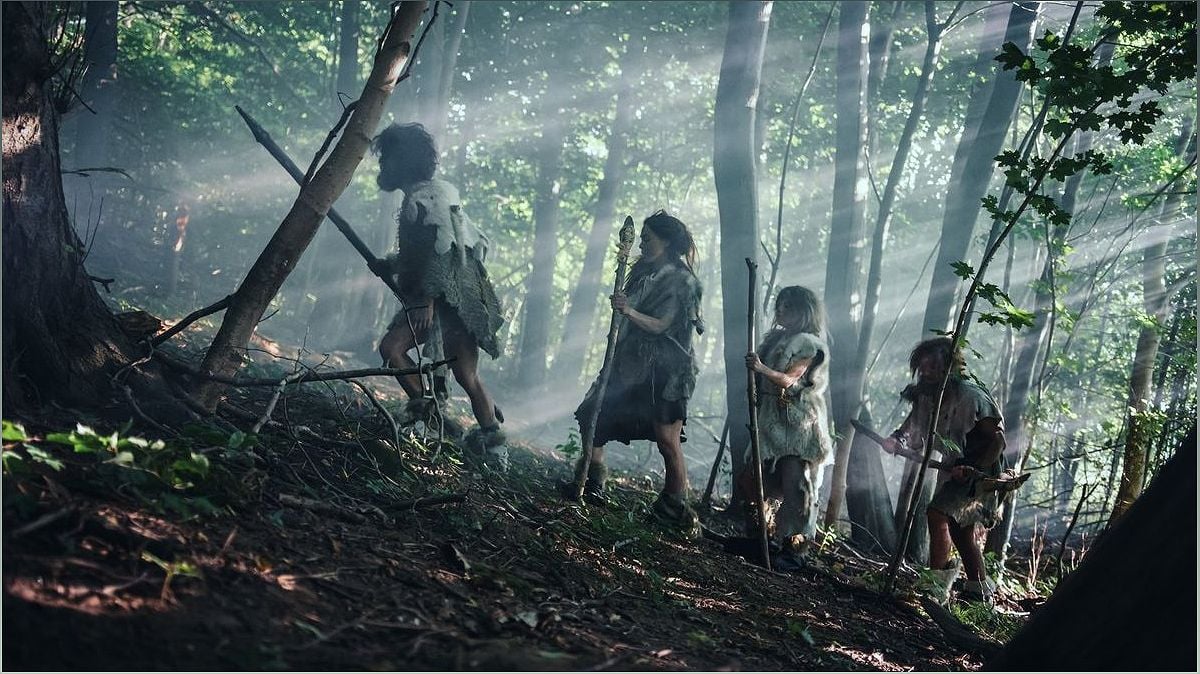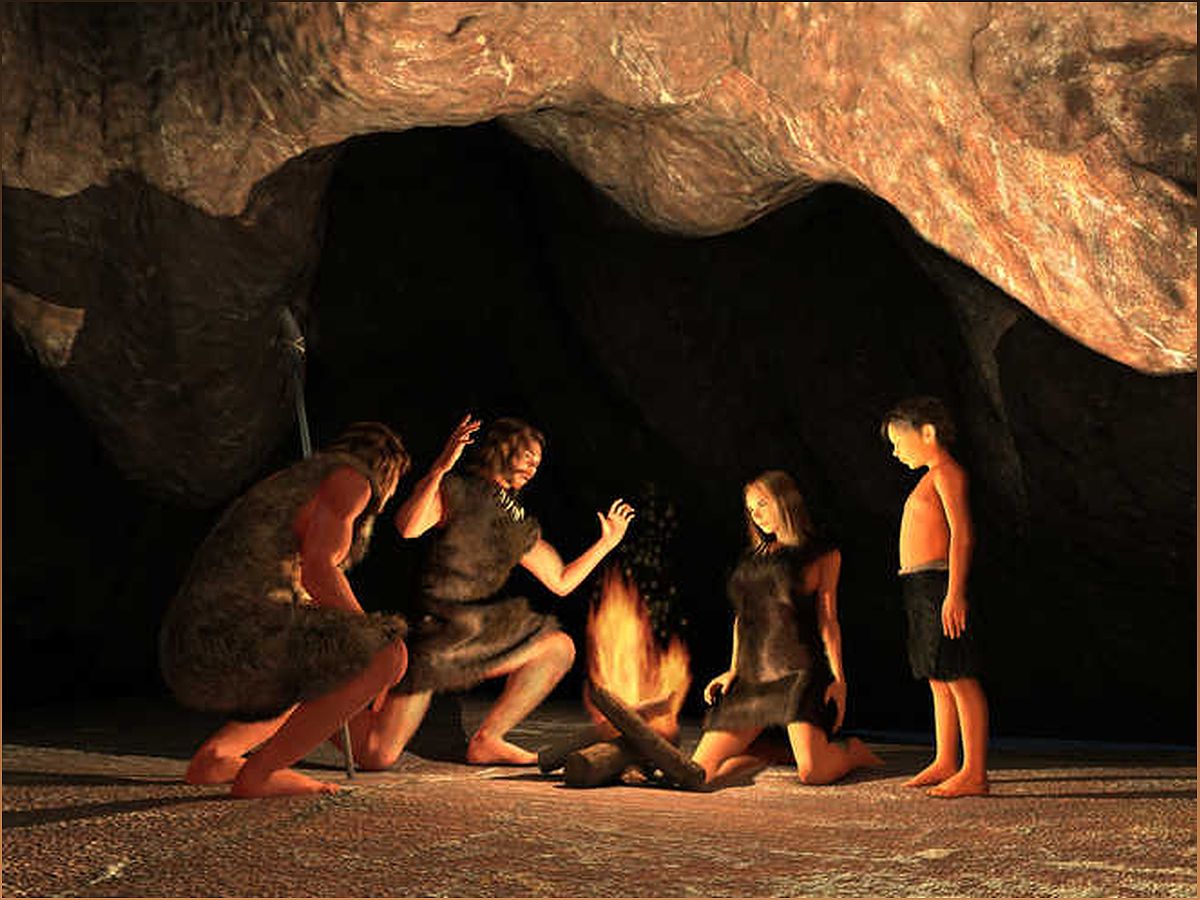Women’s Hunting Abilities: Debunking the Myth of Male Superiority
For centuries, the belief that men are superior hunters while women take on passive roles has persisted. However, recent research has shattered this myth, revealing the exceptional hunting capabilities of women. In this article, we delve into the fascinating findings that challenge conventional wisdom and shed light on the biological advantages that make women formidable hunters. Join us as we debunk the age-old misconception and celebrate the remarkable hunting prowess of women.
The Outdated Myth of Male Superiority
Exploring the long-standing belief that men are biologically superior hunters and women are relegated to passive roles.
For centuries, the myth of male superiority in hunting has persisted, with men being portrayed as the dominant hunters while women were assigned more passive roles. This belief has been deeply ingrained in our collective consciousness and even reflected in museums of natural history.
However, recent research challenges this notion, revealing that it is not only outdated but also completely wrong. Let’s delve into the evidence that debunks this myth and sheds light on the remarkable hunting abilities of women.

Unveiling the Hidden Hunting Skills of Women
Discovering the emerging physiological evidence that suggests women may be better suited for hunting.
Combining archaeological and physiological evidence, researchers have uncovered fascinating insights into the hunting capabilities of women. Contrary to popular belief, women not only engaged in hunting but also possessed unique anatomical and biological advantages that made them well-suited for this physically demanding activity.

Physiological studies have revealed that females may be metabolically better suited for endurance activities such as running, which is crucial in hunting. Two hormones, estrogen and adiponectin, play a significant role in enhancing women’s endurance and athletic performance. Estrogen helps regulate metabolism by encouraging the use of stored fat for energy, providing sustained energy and delaying fatigue.
Furthermore, women’s physical structure, particularly their wider hip structure, allows for longer steps and more efficient movement. This anatomical advantage enables women to cover greater distances with less metabolic expenditure, making them akin to marathon runners in the hunting realm.
Archaeological Evidence: Women as Skilled Hunters
Examining the archaeological findings that support the active participation of women in hunting throughout history.
Archaeological records provide compelling evidence of women’s involvement in hunting. Injuries sustained by prehistoric women, similar to those incurred during hunting, have been discovered, indicating their active participation in this challenging pursuit.
Neanderthal hunting, for instance, involved close-range encounters with prey, resulting in injuries such as fractures and bite marks. These injuries were equally prevalent in both men and women, suggesting that women were equally adept at engaging in ambush-style hunting of large game animals.

Additionally, archaeological findings have unearthed the burial sites of female hunters from the Holocene period, where they were interred with hunting weapons. This further supports the notion that hunting was not exclusively reserved for men and highlights the significance of hunting in the lives of prehistoric women.
Challenging Gender Stereotypes and Rewriting History
Reevaluating our understanding of gender roles and acknowledging the contributions of women in hunting.
It is essential to recognize that the prevailing male-dominated view of hunting is not an accurate representation of history. Rather than erasing or rewriting history, the aim is to correct the narrative that has long overlooked the vital role of women in hunting.
Historical biases have perpetuated the belief in female physical inferiority, but it is time to challenge these ingrained assumptions. By acknowledging the remarkable hunting abilities of women, we can break free from the constraints of gender stereotypes and celebrate the diverse contributions of both men and women throughout history.
Let us embrace a more inclusive perspective that values the unique strengths and capabilities of individuals, regardless of their gender, and recognize that hunting prowess is not determined by sex but by the skills and dedication of the hunter.
